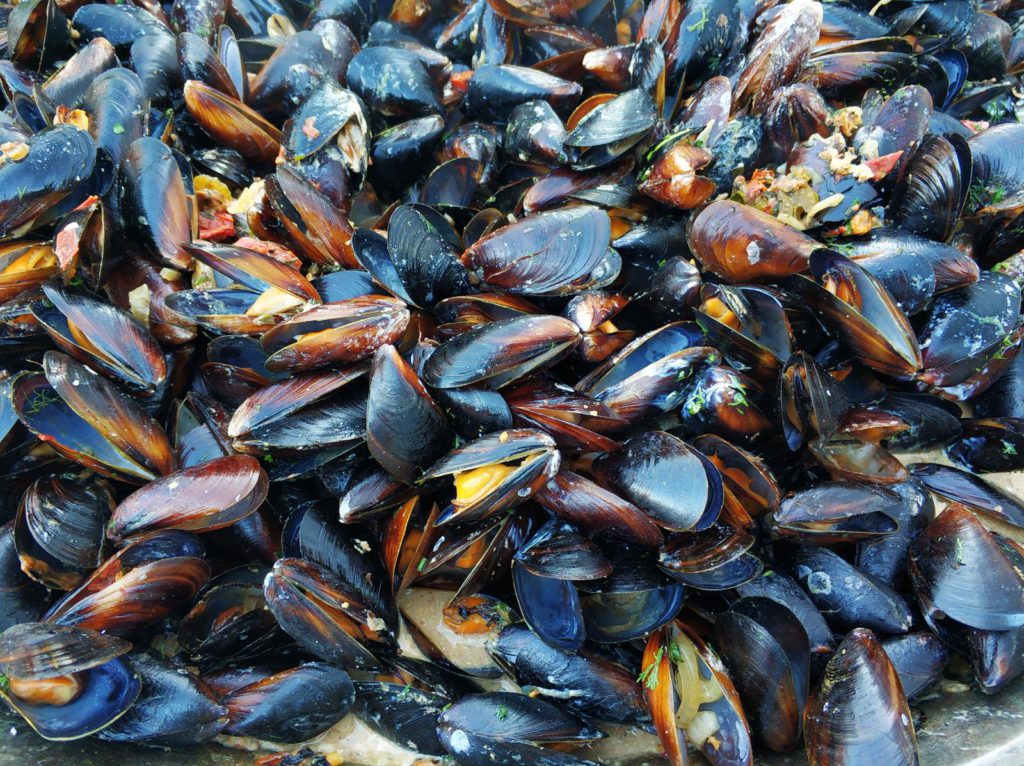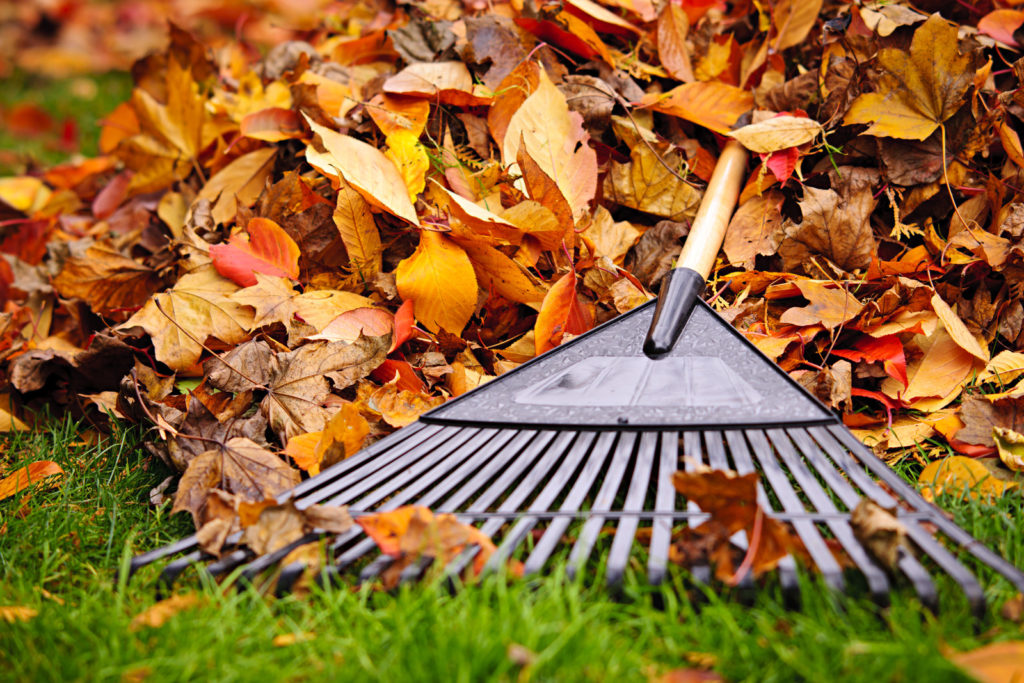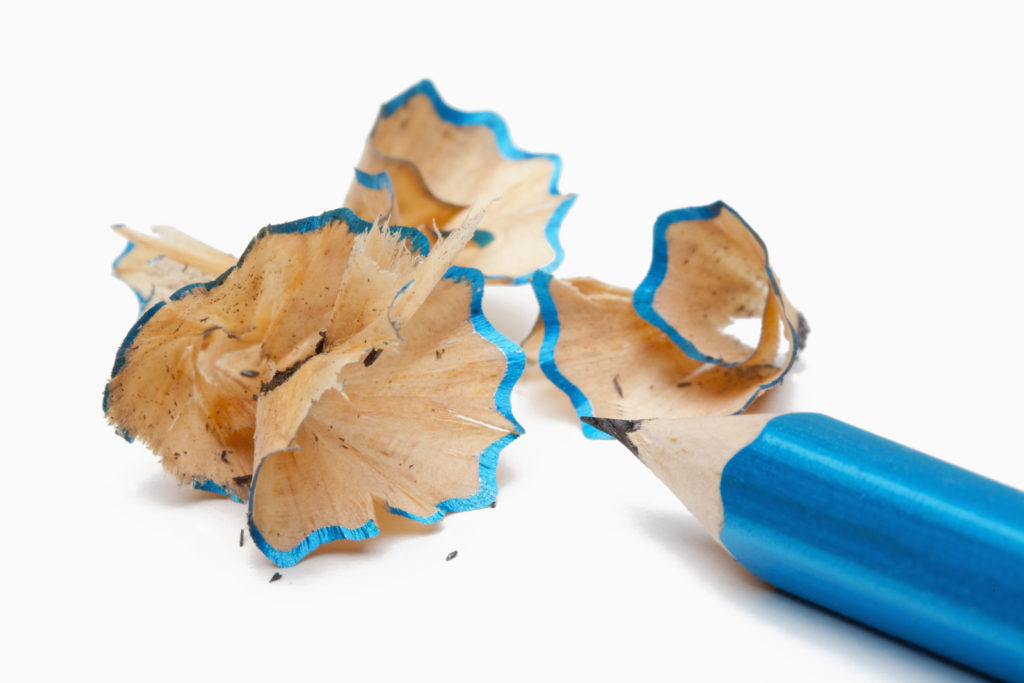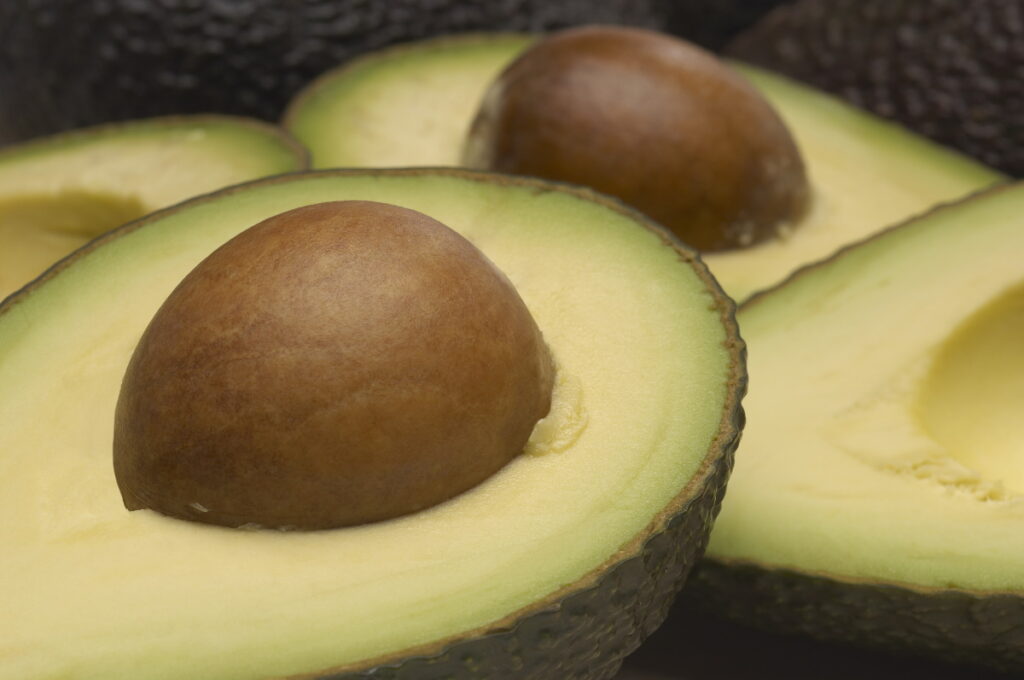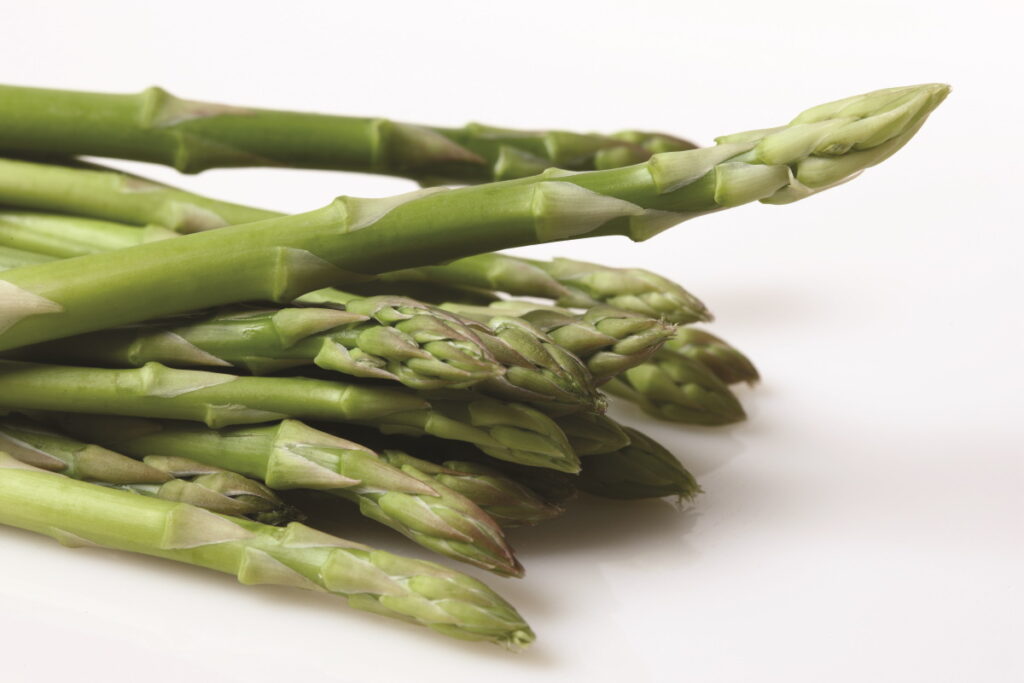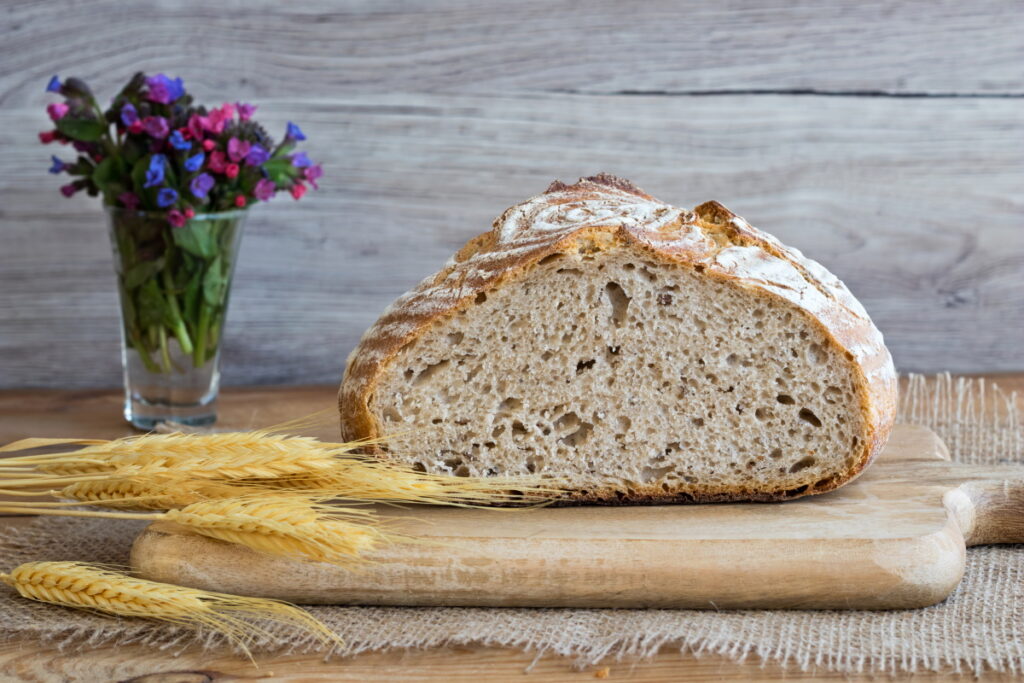Composting is a beneficial and eco-friendly practice that turns organic waste into a nutrient-rich soil conditioner. However, like any biological process, it requires a careful balance of elements to function optimally. One of these elements is moisture. Moisture in compost is crucial for the composting process, as it aids in the decomposition process and supports the survival and activity of beneficial microbes. This article will guide you in recognizing and correcting insufficient moisture in your compost pile, ensuring it remains a thriving hub of decomposition.
Understanding Optimal Moisture Levels – How Much Moisture Should Be In Your Compost Pile?
Moisture is vital for composting as it aids in the breakdown of organic matter and supports microbial life. However, too much or too little can hinder the composting process. Too much moisture in compost can lead to anaerobic composting, leading to unpleasant smells and slow decomposition. On the other hand, a pile that is too dry can slow or stall the composting process, as microbes require moisture to thrive.
Proper management of moisture in compost is key to maintaining a healthy, efficient compost pile. By understanding the ideal moisture content and making the necessary adjustments, you can ensure the right environment for the composting process. Remember, composting is as much an art as it is a science. It may require some trial and error, but the end result – nutrient-rich compost for your garden – is well worth the effort (and it’s not that hard).
The ideal moisture content for a compost pile is generally considered to be about 50-60%. However, without specialized equipment, this isn’t easy to measure directly. Typically, nitrogen-rich green material adds moisture, and dryer, carbon-rich brown material will remove it. Of course, you still need both of these for a good compost pile, but adding more or less of a type of material can help to correct moisture imbalances. While 50-60% may sound like a lot, remember that many fruits and vegetables may be composed of 80% or more of water.
Moisture also plays a vital role in maintaining the proper temperature of the compost. More moisture helps both to insulate and spread the heat out throughout your compost pile. Too much moisture isn’t ideal as it leads to other problems, but not enough moisture means that your compost pile can’t reach the proper temperatures.
Can You Compost Mussel Shells? Exploring the Environmental Benefits and Practical Considerations
Composting is a sustainable and environmentally friendly way to reduce waste and…
Can You Compost Leaves – The Ultimate Guide to Making the Most of Fallen Leaves in Compost
Fall is a beautiful time of the year. Amazing colors on the…
Can You Compost Toilet Paper Rolls (or Paper Towel Rolls)?
Those little cardboard rolls that come in toilet paper and paper towels. …
Can You Compost Pencil Shavings
When we sharpen our pencils, we generate those small bits of pencil…
Can You Compost Paper? – An Amazing Composting Resource
It’s everywhere. We have junk mail, endless reams of printing, notes, notebooks,…
Can You Compost Old Mulch?
Mulch is often added to gardens and flower beds to help prevent…
How to Measure Moisture in Compost
Moisture is one of the key factors influencing the composting process. Too much or too little moisture in compost can hinder the activity of beneficial microbes responsible for breaking down organic matter, resulting in slow decomposition or the production of unpleasant odors. Proper amounts of moisture in compost is essential to maintain a healthy and efficient compost pile. But how can you measure the moisture content in your compost?
Methods for Measuring Moisture in Compost
These are some quick and easy methods for measuring the moisture in your compost. The first is a little more subjective but can be done at any time without any equipment. The second is more scientific but requires a meter.
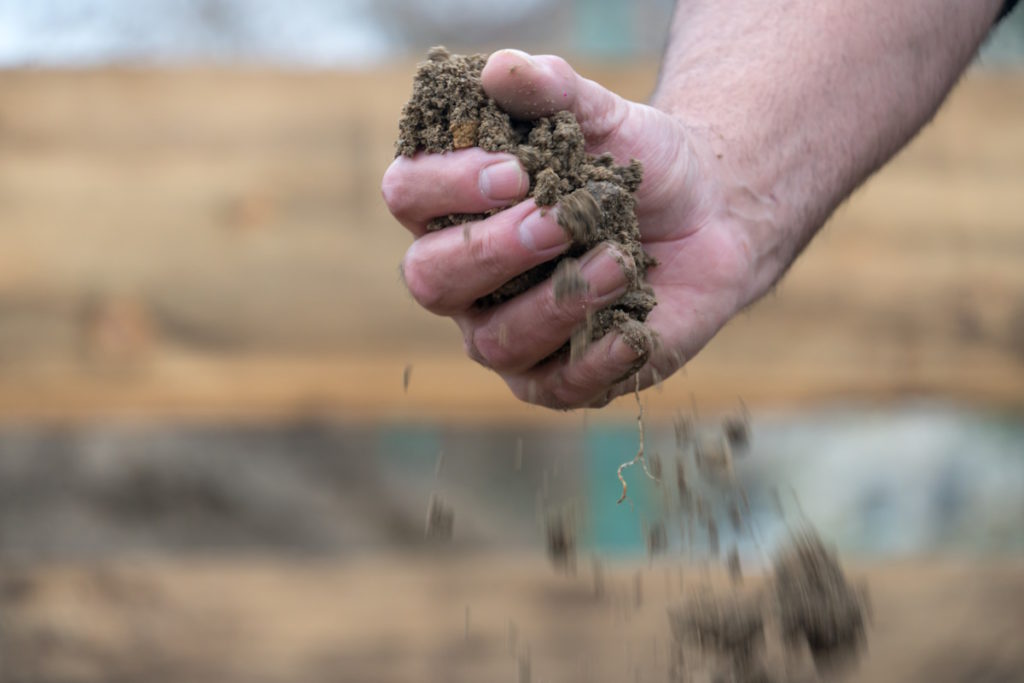
The Squeeze Test:
The most common, cheapest, and simplest way to assess the moisture content in compost is the squeeze test. This method doesn’t require any special tools, just your hand.
Take a handful of compost from your pile and squeeze it tightly. Ideally, you want to reach down into your compost pile, not just the top.
- Just Right – If a few drops of water are released, then the compost is sufficiently moist.
- Too Dry – If no water comes out, it’s too dry.
- Too Wet – If water drips out without squeezing or if you can squeeze out much water, the compost is too wet.
Adequate moisture in compost should feel like a wrung-out sponge. This simple but effective test is usually enough to assess the moisture in your compost.
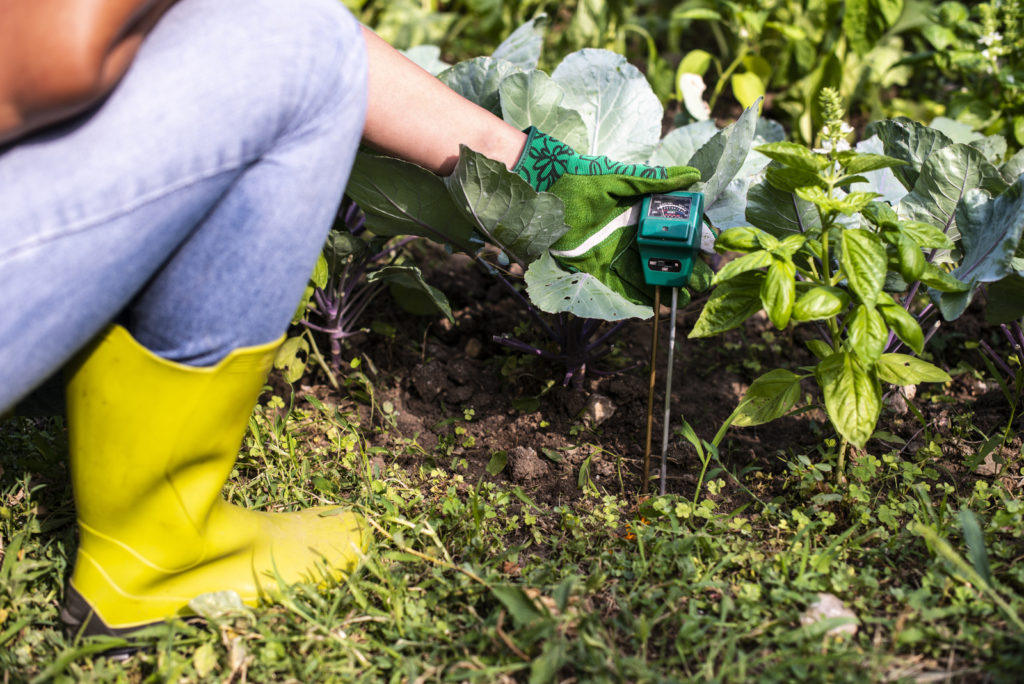
Moisture Meter:
If you can’t handle the lack of scientific rigor in the squeeze test, there is a more objective option.
You can use a moisture meter, an instrument with a probe that measures moisture content for more precise measurements. You insert the probe into your compost pile, and the meter will give a reading of the moisture level. This can be particularly useful for larger compost piles where moisture levels might need to be consistent throughout the pile.
Recognizing Insufficient Moisture
The first step towards remedying moisture deficiency is identifying it. In addition to the steps above, here are signs that your compost pile might be too dry:
- Slow Decomposition: A lack of moisture can considerably slow the composting process. Microorganisms essential for decomposition require water to thrive and can’t properly support decomposition if there isn’t enough moisture in compost. If decomposition seems slower than usual, check the moisture level of your pile.
- Dry and Crumbly Appearance: A compost pile with insufficient moisture will often appear dry and crumbly. If the materials in your compost pile don’t stick together and look dusty, it might be too dry.
- Lack of Heat: A compost pile should generate heat due to the metabolic activities of microorganisms. If your compost pile isn’t heating up, it might be due to insufficient moisture.
- Slow or Stagnant Composting – If your compost pile isn’t composting, it may have too little moisture (or the moisture level may at least be off one way or the other.) A compost pile that isn’t composting, or is composting very slowly, is referred to as stagnant.
There are also easy and quick methods to assess the moisture in your compost pile.
Recognizing Compost That is Too Moist
Compost that is too wet is often pretty easy to pick out. In addition to the methods above, here are some signs you can use to recognize that your compost has too much moisture.
- Smell – If your compost stinks, like rotting, or rotten eggs (sulfur) it may be too wet. Water takes up the space that would otherwise be used by air and prevents proper decomposition, leading to the rotting smell.
- Slimy Appearance – If your compost looks slimy, it is probably too moist.
- Leachate – If your compost is in a bin or bucket and it’s leaking a lot of moisture, that’s often a sign that it has too much moisture. Don’t get rid of this leachate. Add it to your garden as it still has a lot of nutrients in it.
- Slow or Stagnant Composting – Unfortunately, too much moisture can also cause a stagnant compost pile. That means that a stagnant compost pile doesn’t do much to tell you if it’s too moist or dry. You need to use the other signs here to be sure.
Interpreting and Adjusting Moisture Levels
Once you’ve measured the moisture content, you’ll need to adjust it if it’s not within the optimal range. Here are some strategies to regulate moisture:
- If the compost is too dry: Add water gradually with a hose or watering can while turning the pile to ensure even distribution. Be careful not to add too much, or you’ll have the opposite problem. You can also add ‘green’ materials, which are high in moisture, such as kitchen scraps or fresh grass clippings.
- If the compost is too wet: Add ‘brown’ materials, which are dry and high in carbon, such as straw, leaves, or shredded newspaper. These materials will help absorb excess moisture.
Turning compost, or aerating it, can also help dry out your compost. Turning is a must if you have areas that are too wet or too dry. It spreads out the material and the moisture in your compost pile, making it more even.
Covering your compost pile with a tarp or lid can help retain moisture, especially in hot, dry climates or during the summer months. A cover can prevent excessive evaporation, maintaining the moisture balance within the pile.
Proper moisture management is essential for a thriving compost pile. Understanding how to measure and adjust moisture levels in your compost will go a long way towards improving the efficiency of your composting process. Whether you prefer the hands-on approach of the squeeze test or the precision of a moisture meter, regular checks and adjustments will keep your compost pile in the optimal moisture range, helping to create high-quality compost.
Can You Compost Mushrooms? Unveiling the Benefits and Advice
Composting is a fantastic way to reduce waste, nourish the soil, and contribute to a…
Can You Compost Cicadas? Insects, Really?
Cicadas, known for their periodic emergence and distinct buzzing sound, have captured the curiosity of…
Can You Compost Avocado Pits and Avocado Skins?
Avocadoes are a popular fruit, add it to toast or include it in a salad. …
Can You Compost Asparagus?
Composting is a great way to dispose of organic materials. It takes advantage of natural…
Can You Compost Rabbit Poop?[Less Disgusting As You Think]
Rabbits make great pets. They’re cute, social, and fun but also produce feces you need…
Can You Compost Sourdough Starter? Wonderful Disposal Method
If you make sourdough at home, there’s a good chance you have some sourdough starter…
How Does Moisture in Compost Affect the Temperature?
Successful composting requires a keen understanding of several dynamic factors, with moisture and temperature taking center stage. These two elements have a symbiotic relationship where a change in one can significantly impact the other.
The Relationship between Moisture in Compost and Temperature
Moisture and temperature are intricately linked within a compost pile. They influence each other in the following ways:
- Moisture and Microbial Activity: Microorganisms, the tiny decomposers driving the composting process, need water to survive and function. These organisms use water as a solvent for the chemical reactions that break down organic materials. Similarly, worms in vermicomposting require moisture to survive. When the moisture level is optimal, microbial activity is enhanced, and as these microorganisms work, they generate heat, raising the compost pile’s temperature.
- Heat Retention: A moist compost pile retains heat better than a dry one. Water can store a lot of heat. When the compost pile has sufficient moisture, it can hold onto the heat generated by microbial activity more effectively, maintaining the warm temperatures necessary for efficient decomposition.
- Evaporation and Cooling: While moisture is necessary for heat retention and microbial activity, too much of it can lower the compost pile’s temperature. When excess water in the pile evaporates, it carries away heat, a process known as evaporative cooling, similar to how sweating affects us. This can result in a cooler compost pile, slowing the composting process.

Compost Moisture with Vermicomposting
If you’re vermicomposting, or using worms to compost, the guidance is the same. Vermicomposting still relies on microbes as well as the worms and the worms like the same environment as the microbes, so it all works out. You don’t need to do anything differently with moisture in your compost when you are vermicomposting.
Managing Moisture for Optimal Composting
Given the impact of moisture on temperature and the composting process, it’s essential to maintain an optimal moisture level. As a general guideline, compost should have a moisture content of about 50-60%, and it should feel like a wrung-out sponge.
If the compost pile is too dry, add water or high-moisture ‘green’ materials like vegetable scraps or fresh grass clippings. Conversely, if the pile is too wet, add dry ‘brown’ materials like leaves, straw, or shredded paper to absorb excess moisture and improve aeration. Regularly turning the compost pile can also help regulate moisture and ensure even heat distribution.
Moisture in compost plays a vital role in the composting process, helping maintain the compost pile’s temperature and fostering microbial activity. Recognizing and rectifying insufficient moisture in your compost pile is essential for maintaining a healthy and efficient composting process. By diligently observing your compost, ensuring it is adequately watered, adding moisture-rich materials, covering the pile, and regularly turning it, you can enhance the composting process and produce rich, fertile compost for your garden.
[DF1]What is a good reading or not?
